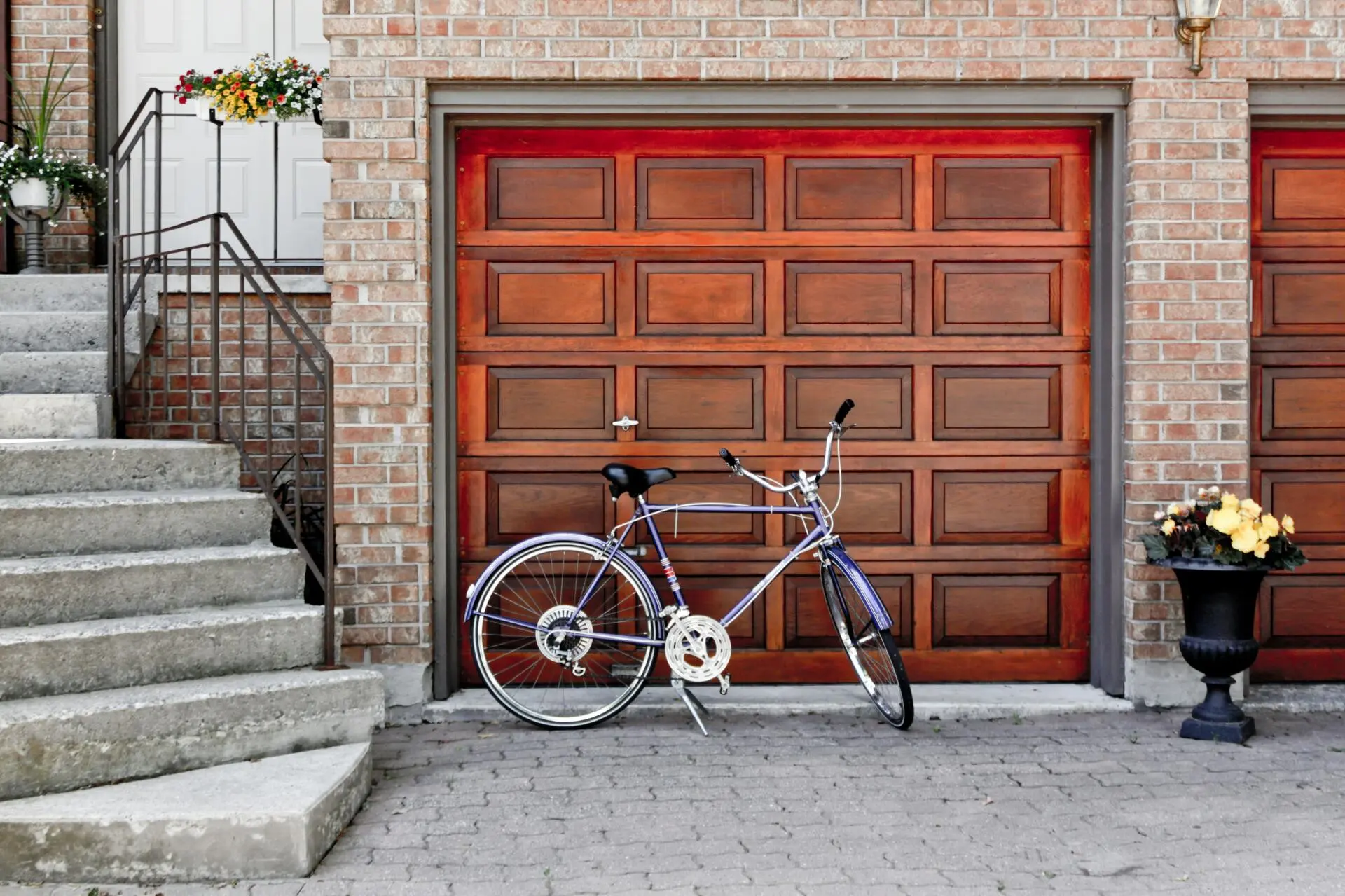Ceiling stains aren’t just ugly. They’re trying to warn you. If you’ve spotted brownish rings, streaks, or discolouration overhead, don’t ignore them. A stained ceiling often means there’s trouble brewing above, specifically with your roof. And while a quick coat of paint might seem like an easy fix, covering it up without knowing the cause is just asking for more damage down the line.
The Silent Clue to a Leaky Roof
Most ceiling stains are caused by water. The big question is—where is it coming from?
The roof is the first suspect for a good reason. When roofing materials fail, even slightly, water can sneak through during rain or storms and settle into your ceiling. But it doesn’t always drip straight down from where the leak is. Water can travel along timber, beams, or insulation, finally soaking through to a seemingly random patch of ceiling.
That’s why pinpointing the source isn’t always straightforward. You might have a stain in the corner of your living room, but the leak could be a metre or two away, up on the roof.
And here’s the catch: by the time you see the stain, the leak has usually been happening for a while. If it’s not dealt with quickly, minor water damage can turn into a major headache, so it’s smart to get any ceiling marks checked out early and consider roof repairs Adelaide before things get worse.
Types of Stains and What They Suggest
Not all ceiling stains look the same. Different patterns and colours can tell you different things.
Brown or yellow rings
These are the most common. They’re usually a sign of slow, ongoing leaks. The outer ring often dries before more water seeps through, creating that layered look. This points to a leak that’s been happening over time, most likely from a roof issue.
Dark patches
If the stain looks darker, almost grey or black, it could be mould forming due to moisture trapped for too long. This can also be linked to roof leaks, especially when ventilation is poor and humidity builds up in the ceiling space.
Streaks down the wall
Sometimes, ceiling leaks aren’t isolated to just the overhead surface. If you see discolouration or watermarks trailing down a wall from the ceiling, it could suggest that water is running along internal structures. This can mean a more serious or long-term leak.
Rust-coloured stains
These might indicate that water is interacting with metal fittings or fasteners in your ceiling or roof cavity. If you have older roof flashing or metal vents, water ingress can cause them to corrode, leading to that rusty tint in the stain.
Common Roof Issues Behind Ceiling Stains
So, what could be going wrong with your roof to cause all this?
Here are some of the most likely culprits:
- Damaged shingles or tiles – Cracked, broken, or missing materials leave gaps that water can easily get through.
- Worn flashing – Flashing is the metal sheeting that seals edges and joints on your roof. When it corrodes or lifts, leaks often follow.
- Clogged gutters – Overflowing gutters force water back under the roof edge, where it can leak into your ceiling.
- Poorly sealed skylights or vents – Any roof penetration needs perfect sealing. Even slight shrinkage or wear can allow water in.
- Age-related wear – Over time, roofing materials degrade. Exposure to sun, rain, and wind slowly breaks down even high-quality products.
Why Ceiling Stains Should Never Be Ignored
A small stain might not seem urgent. But water damage in your ceiling is never harmless.
Left unchecked, it can:
- Weaken plaster and structural supports
- Trigger mould growth, which poses health risks
- Destroy insulation, making your home less energy-efficient
- Lead to more extensive internal repairs (and higher costs)
Fixing a roof leak early is far cheaper than having to redo ceilings, insulation, and even walls. It’s not just about patching a roof—it’s about protecting your home from long-term damage.
How to Respond to a Ceiling Stain
The first step isn’t painting over it. It’s finding the source.
Here’s what to do:
- Inspect the area above
If it’s safe and possible, check your ceiling space or attic for signs of moisture. Look for damp insulation, mould, or any sunlight peeking through the roof. - Note the weather pattern
Does the stain seem to grow after heavy rain? That’s a clear link to a leak rather than, say, condensation or plumbing. - Check roof drainage
Look at your gutters and downpipes. Are they clear and flowing properly? Blockages can push water into places it shouldn’t be. - Call a roofing professional
Unless you’re experienced, this isn’t a DIY situation. Roof issues can be tricky to trace and unsafe to fix without proper gear and knowledge. - Don’t delay repairs
Once the source is confirmed, get it fixed quickly. Water doesn’t wait, and what starts as a ceiling stain can easily escalate into widespread damage.
Can It Ever Be Something Else?
Yes, but it’s rare. Plumbing leaks can sometimes mimic roof-related ceiling stains, especially when pipes run through the ceiling space. Air conditioning units or ducting with poor drainage can also cause drips or moisture buildup.
But here’s the rule of thumb: if the stain shows up after rain or worsens during a storm, it’s almost always the roof.
A Word About Mould
If you see black spots forming along with your ceiling stain, take it seriously. Mould thrives in moist, hidden areas like ceiling cavities. It doesn’t just look bad. It can aggravate asthma, trigger allergies, and create a musty smell that’s hard to get rid of.
And once it sets in, you’ll need more than just a roof repair. You’ll also be looking at ceiling cleaning, sealing, and potentially replacing affected materials.
Keep an Eye Overhead
Your ceiling might not be the first place you look every day, but it’s worth a glance. Spotting stains early gives you a chance to act before the damage spreads. Roof leaks are often invisible from the outside, so that stain might be the only warning sign you get.




